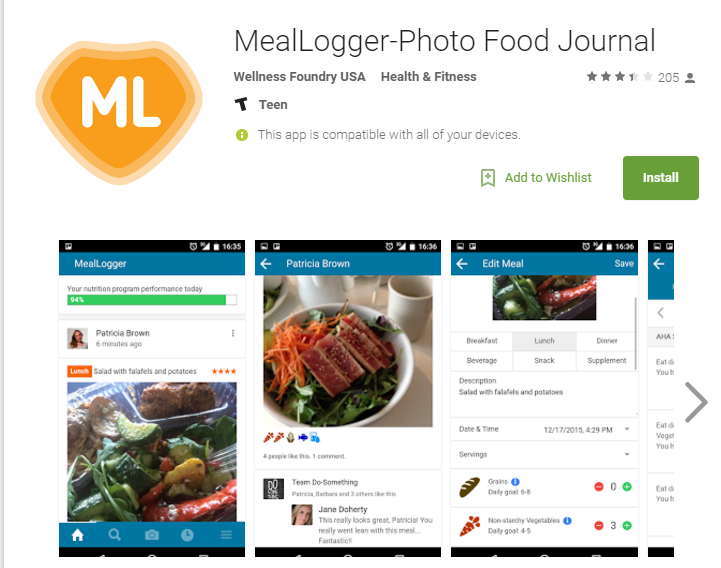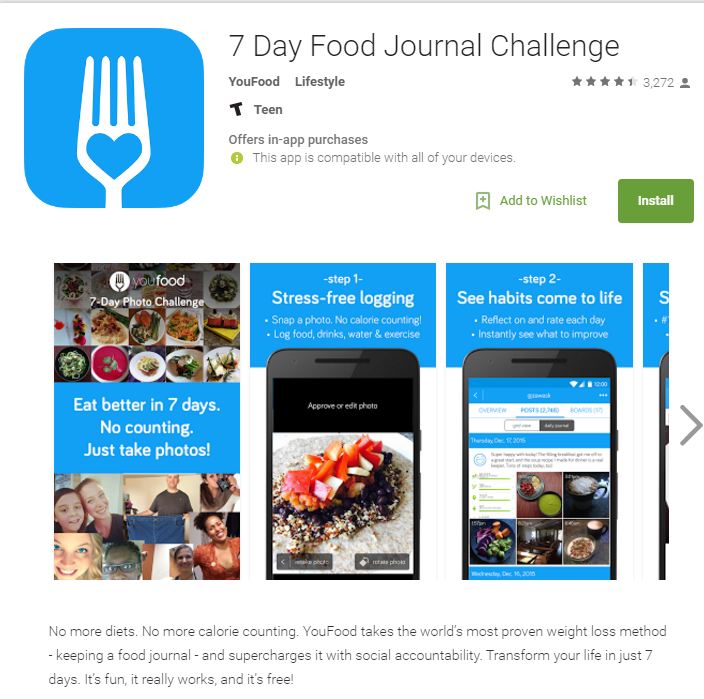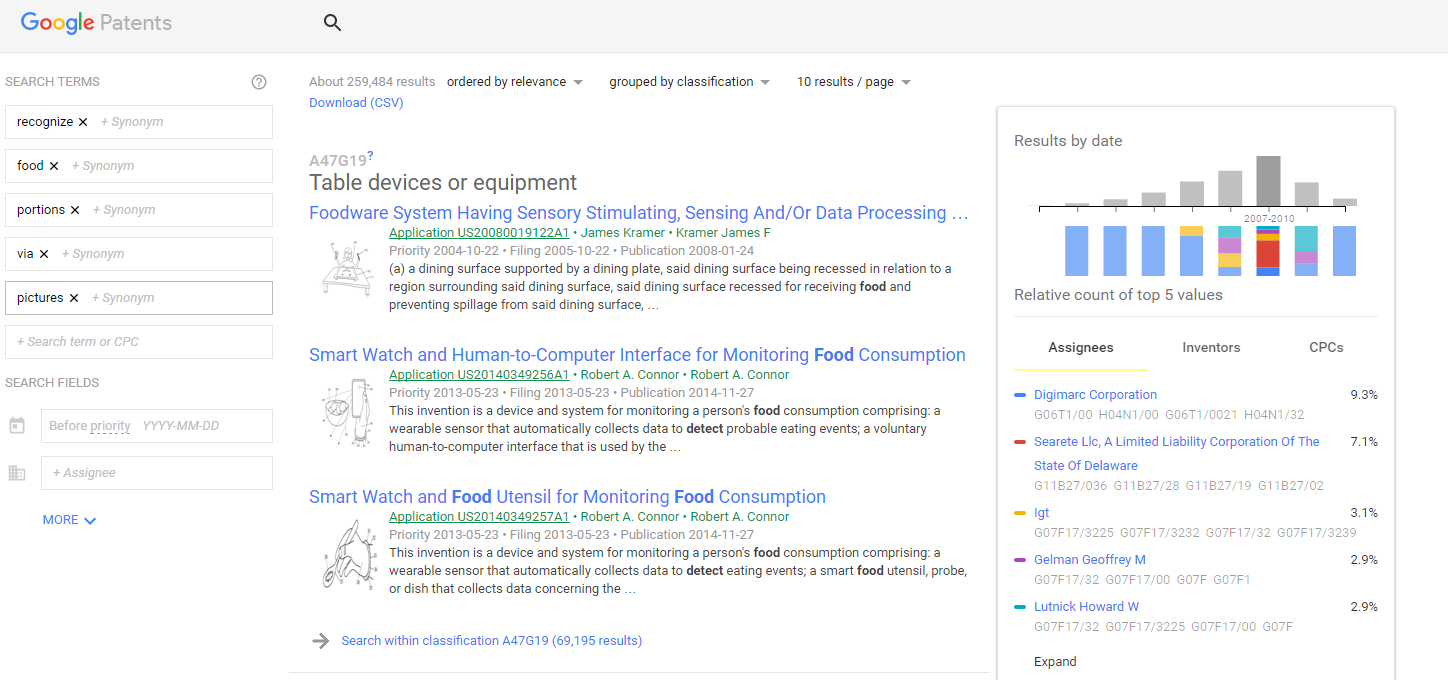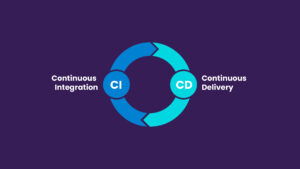How to Commercialize a Software Idea
November 11, 2016
So you have an idea for a software product. Now what? In this post, I focus on the initial research around the technology and idea. In the next blog post I’ll talk more about the user experience, marketing, design/development and working with strategic partners.
I often run into researchers who have a great idea and technology, but are not sure how to commercialize their idea. Let’s focus on software. Although, many of these projects also include hardware too.
There is no easy answer on how to commercialize. In general, it’s a lot harder, takes a lot longer and costs a lot more money than expected. That’s almost a given. And that’s the downside.
The upside is that creating and launching a new product is inspiring, fun and makes you feel alive. Like all the bloggers out there say, we were meant to create.
Let’s take a look at an example. Let’s say a researcher has trained a machine to understand exactly what food you’re eating based on a picture from a cell phone. This would be pretty cool. There are some apps out there that are trying to do this.
What would I do to understand the potential for this technology? These steps aren’t always in this exact order.
Search Google Play:
Search the google play store to see what apps are already out there. Here are a couple:


Neither of these looks like they’ve solved the image recognition problem.
Google Search for Competing Technologies:
Next I’d try different google search terms to try to find competing technology, for example: “phone app that recognizes food”.
Here are a couple of promising apps: SRI’s Food Recognition Technology and CamFind.
These apps look like direct competitors to our example technology, but they are not necessarily in commercial production. I would definitely download and try out the CamFind. It claims it can recognize anything. Recognizing is one thing but understanding portions of food on a plate is another.
Search Google Patents:
Then, I’d do a quick patent search on google patents. If I search for “recognize food portions” a whole mess of results comes up. It takes a lot of weeding through the results to find relevant patents. Once you find patents relevant to your idea, you can read the claims and see who filed the patent. That can lead you to other companies working on the same idea. Maybe a potential partner?
Searching patents can be intimidating. It will look like your exact idea is taken. As you dive deeper, you may realize there are nuances where your idea might be different.
When I searched for our example idea on Google Patents, not a lot of relevant results came up. Keep in mind this is just one search. It’s best to do multiple searches, refining the keywords, sifting through the results.

Ask the Experts:
Contact a few nutritionists to understand what is state-of-the-art for recognizing food portions. And do they think an idea like yours would be helpful. I would contact maybe 10 people, if possible. With follow-up emails, I would guess that three people would respond to you.
I’d compose the email like this:
Hi Jane,
I’m emailing you because you’re a nutritionist at Awesome Nutrition company. I’m curious about your opinion on a new technology we developed that measures food portions via a simple picture.
I know you’ve been a nutritionist for about 10 years. I’d love your opinion on our technology, and to better understand the food portion landscape better.
I’m also wondering if this idea would even be useful.
Thanks for your time.
Brainstorm:
Brainstorm names for the application, and ideas for how it would work. This helps to make the technology come alive. It will help you understand better what is needed from the marketing and user experience perspective.
Maybe we call our idea Portion Labs. Then check if portionlabs.io is available. Then I would think about what features would make this app super useful. And what features could also help market it. Why would a user send something to a friend? Of course it should have social tie ins. But what else? It would be nice to connect to a database to understand all the nutrients you’re getting, and what the recommended daily allowances are. Are you getting enough nutrients?
It could also be helpful to have a buddy option where you hold each other accountable for life. This isn’t a diet app, it’s a life changing food app. Over time users will understand portions better and may not need it.
In the next blog post I’ll talk more about how to think deeper about the user experience, marketing and finding strategic partners.
Related posts

Curious about CI/CD… what it means and why you should care about it?
Augment’s got you covered! You may have heard the term “CI/CD” thrown around in software development discussions and internal meetings, but it’s not frequently discussed as to “why” it matters. CI/CD stands for Continuous Integration and Continuous Delivery (or Deployment, depending on the team). It is a set of practices that helps teams deliver code …

Introducing Auggy AI: A Conversational AI Assistant
Embracing AI sounds easy but it’s often hard to know what and how to implement AI. To that end, we built an internal custom AI assistant. Our AI assistant Auggy is built to respond accurately to questions regarding our internal policies, manage project tasks, and provide updates on JIRA, to create, and view events, allowing …

Why AI
Why are we excited about AI? There is definitely a lot of hype around AI. The hype is exciting but also deafening sometimes. Everyone feels the pressure to build and engage with AI. It’s magical, life changing. That’s kind of all true. But there is a lot of work to be done to achieve that …

